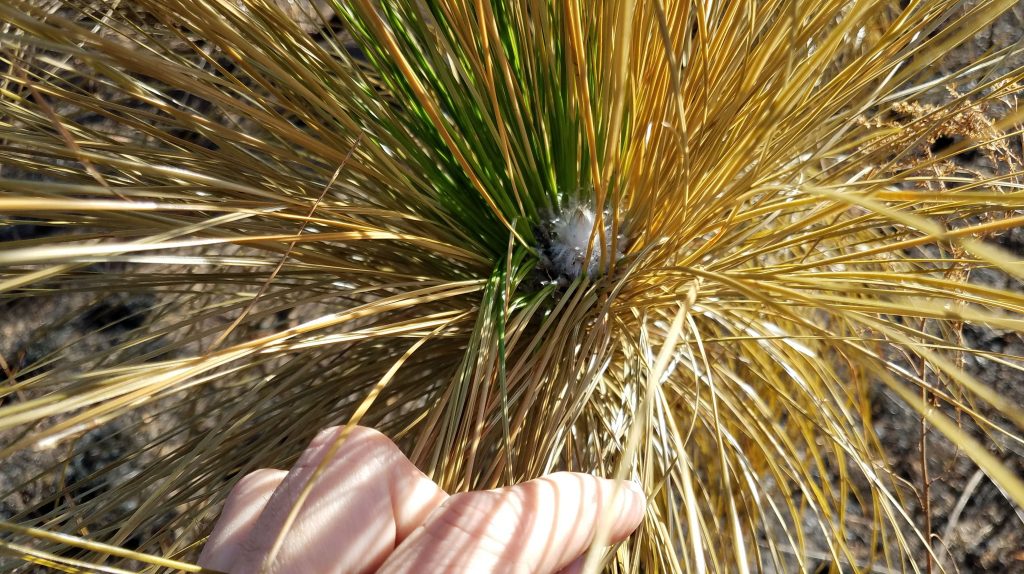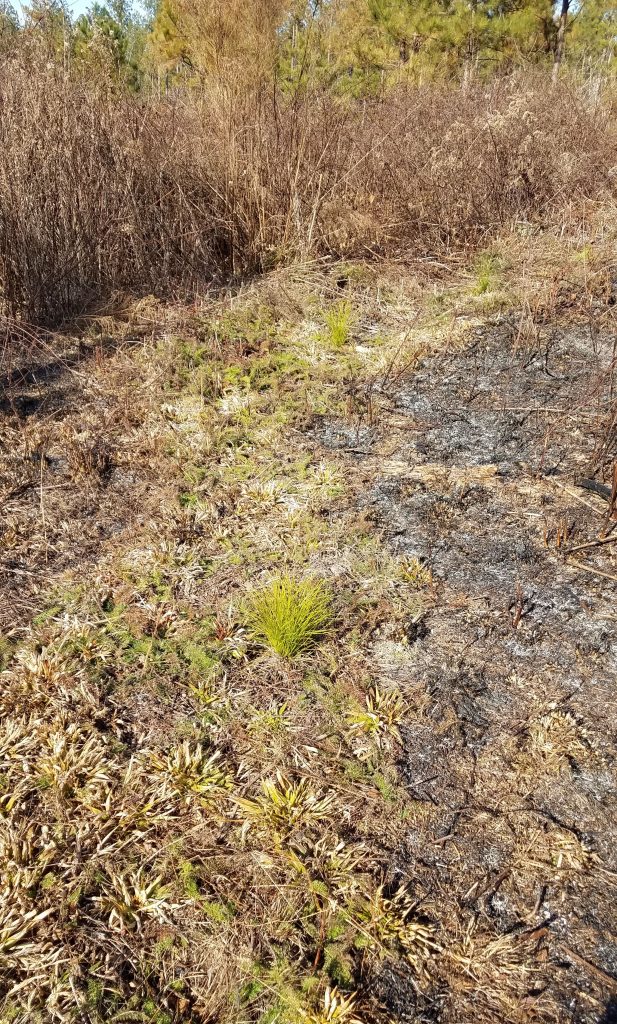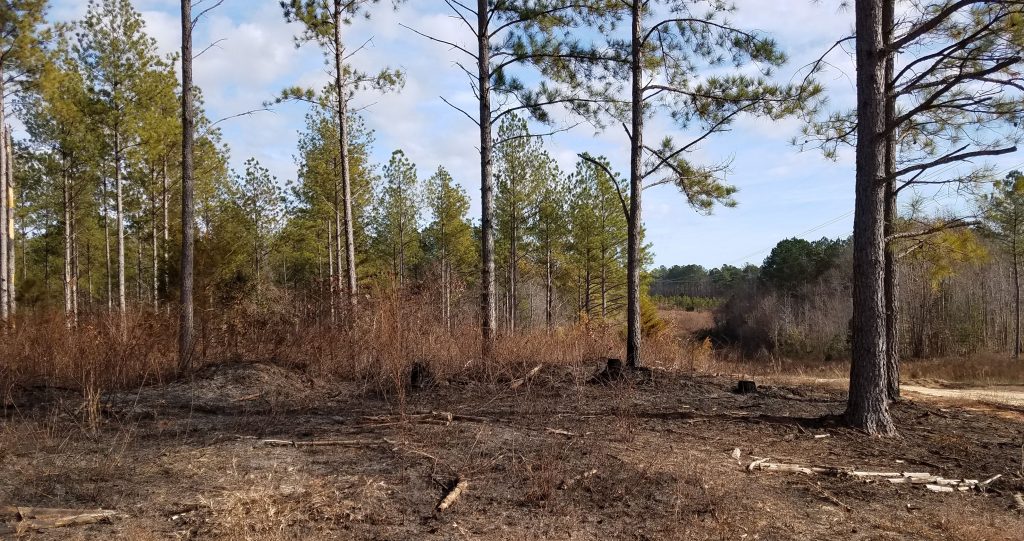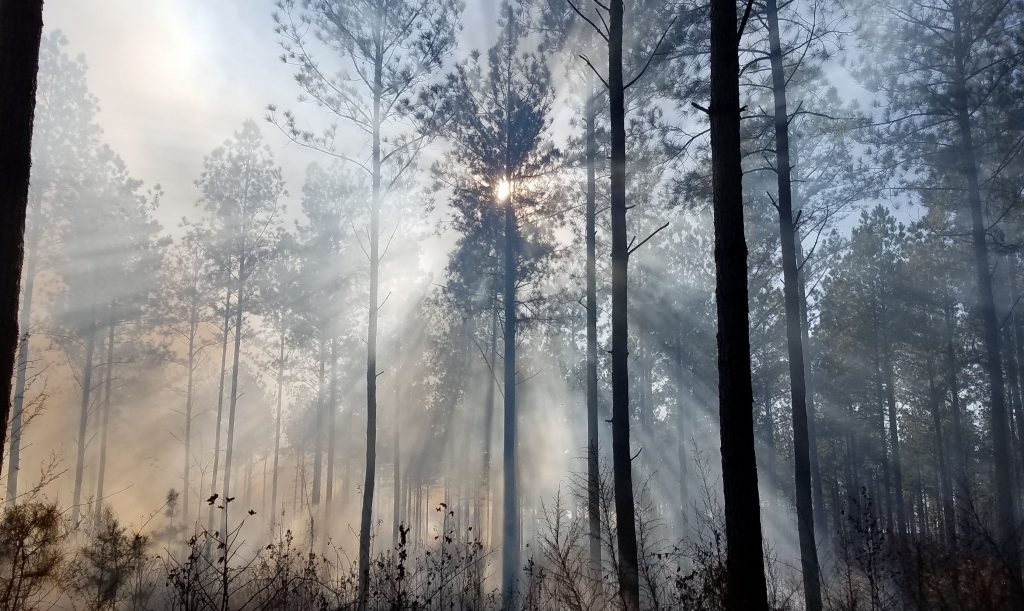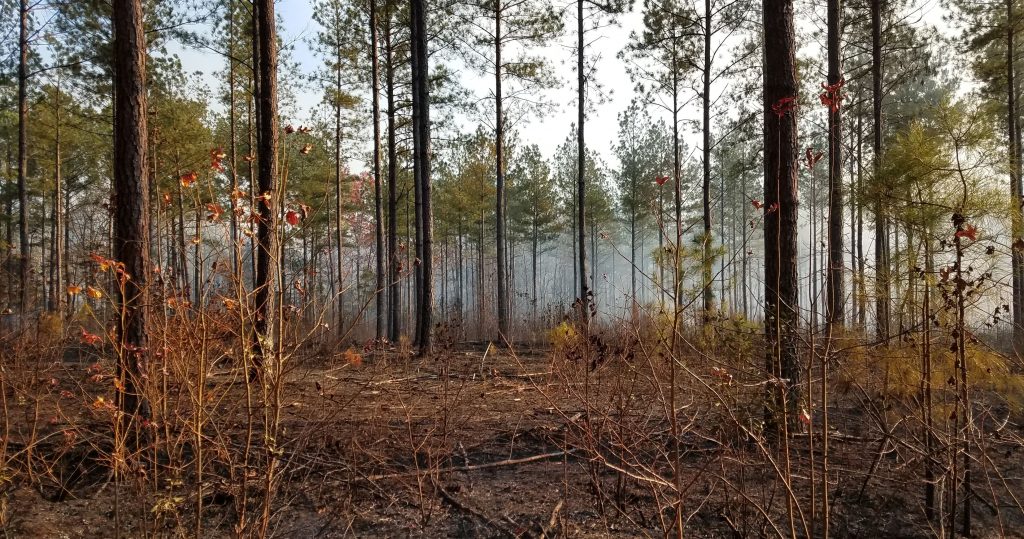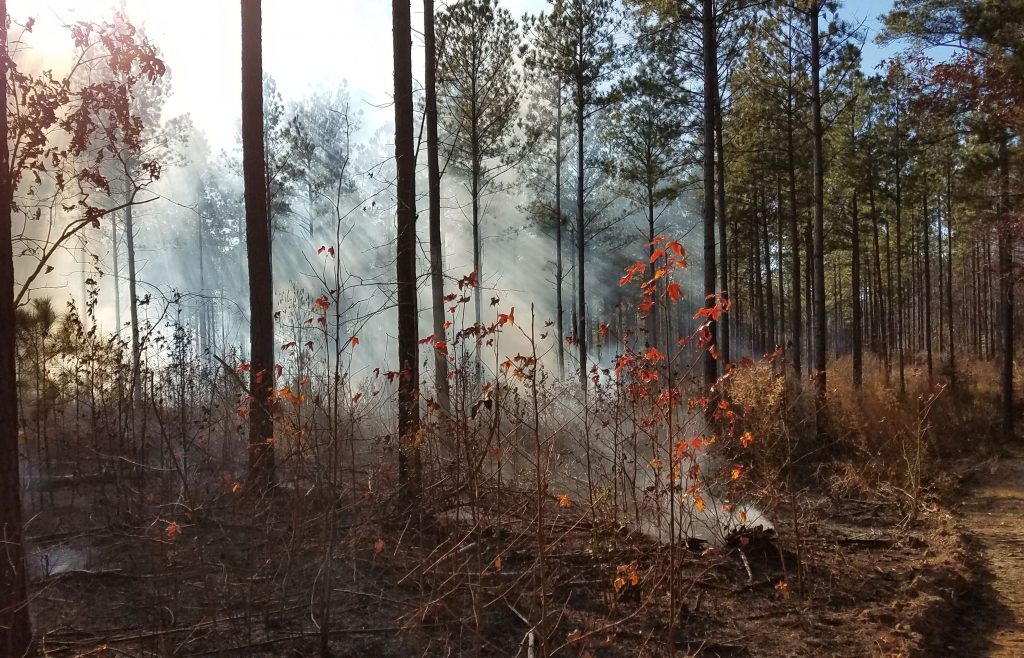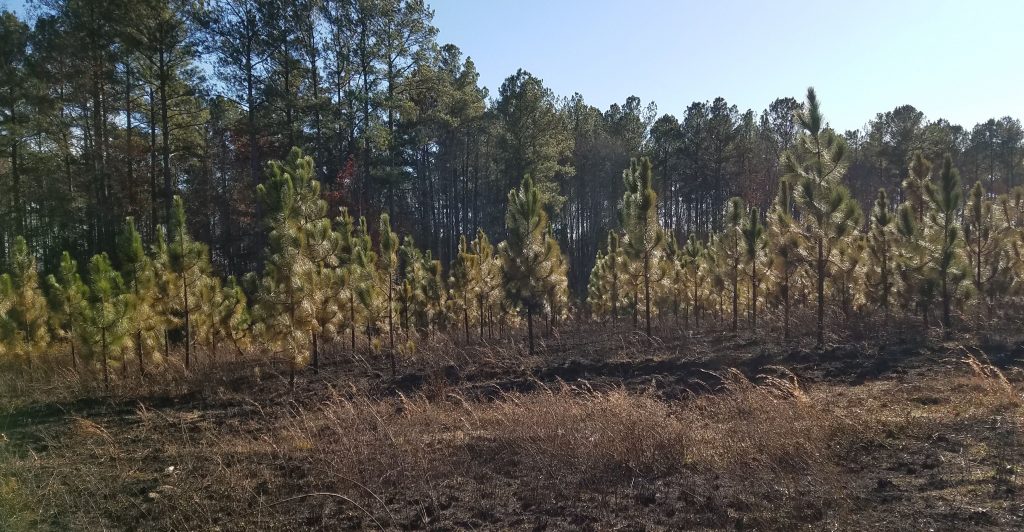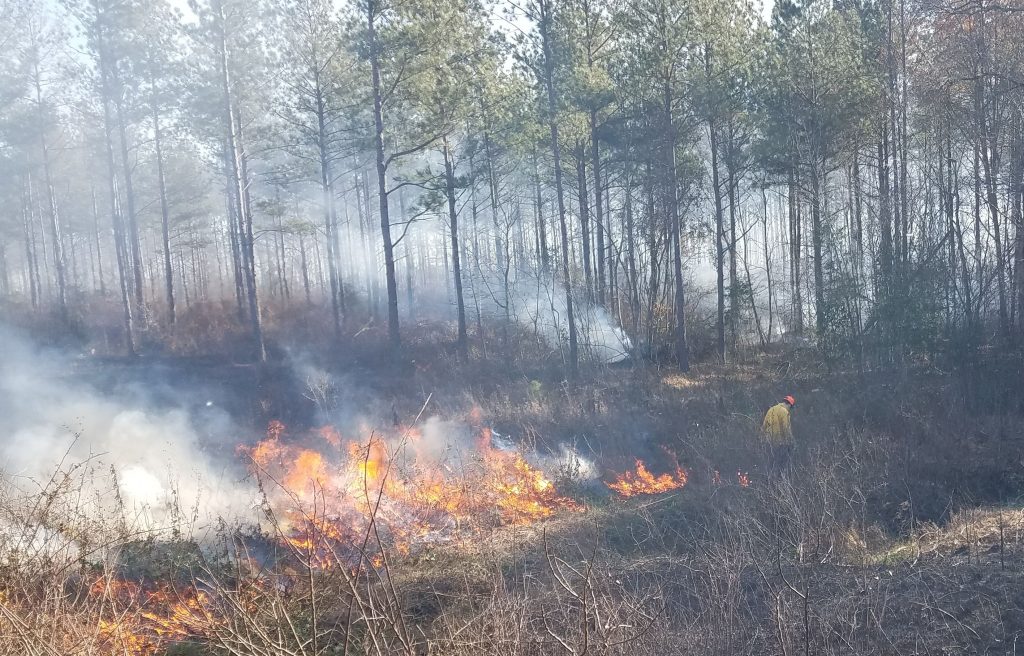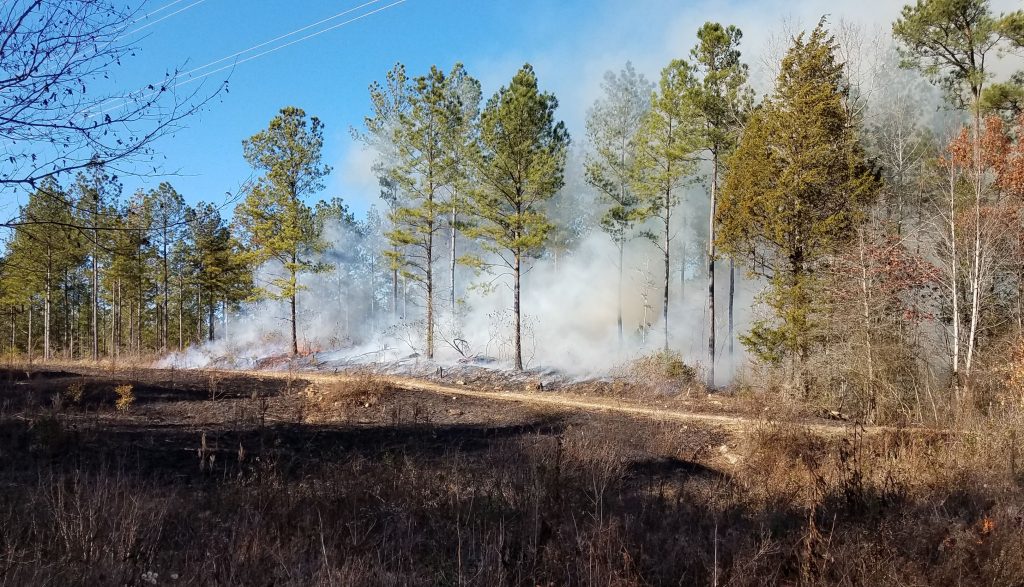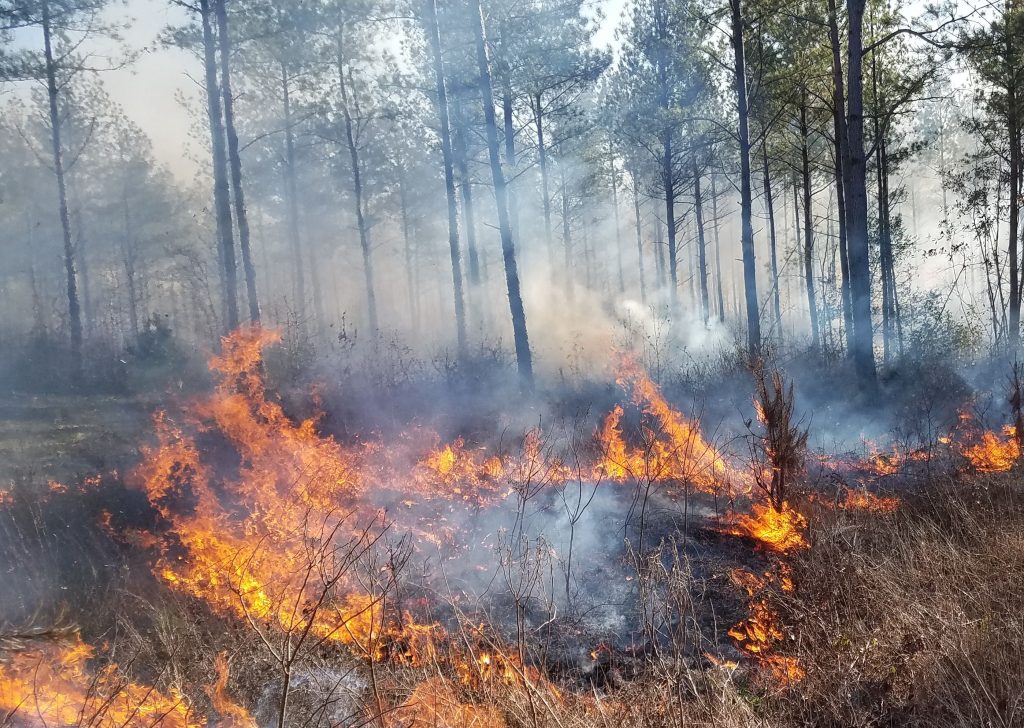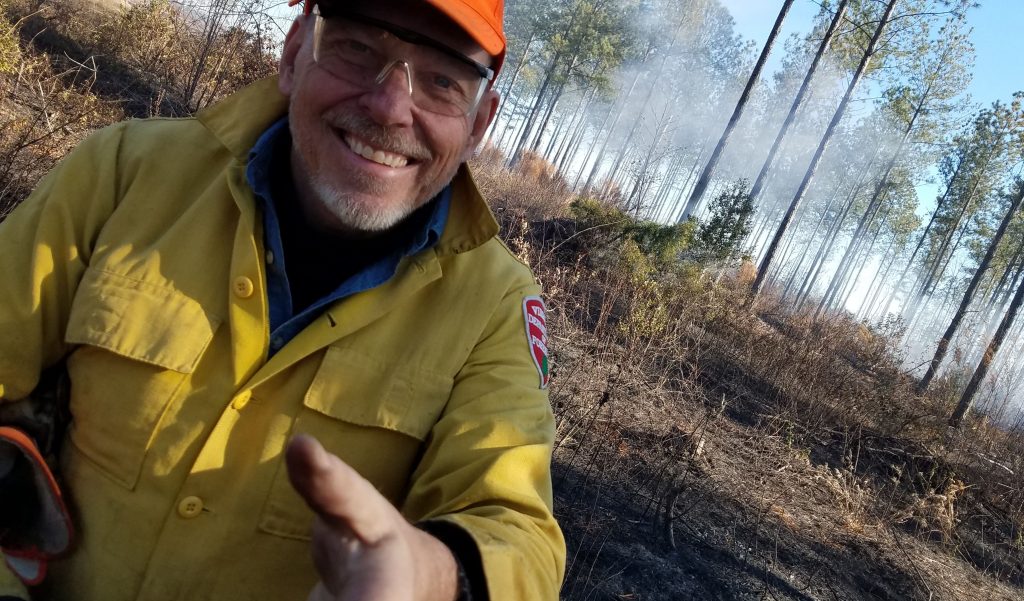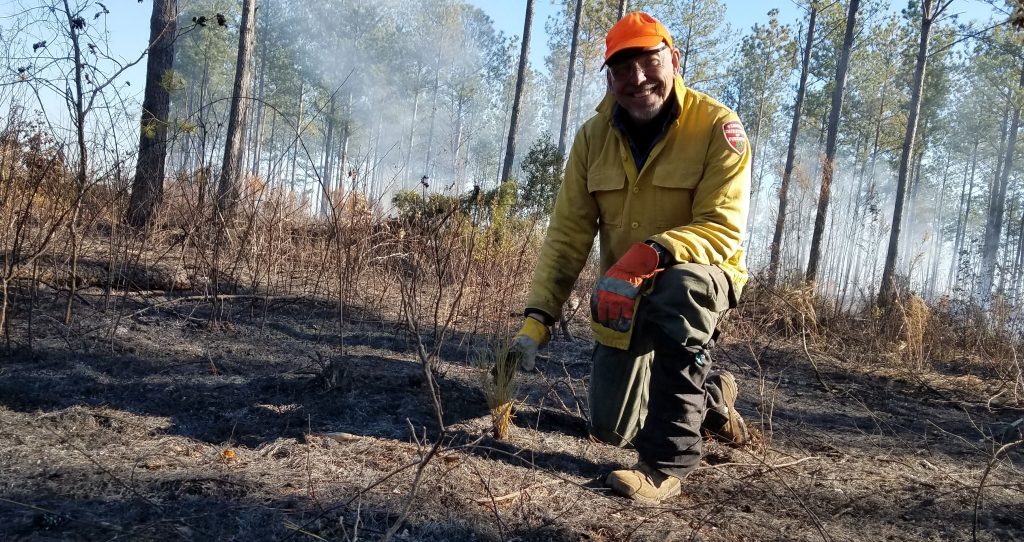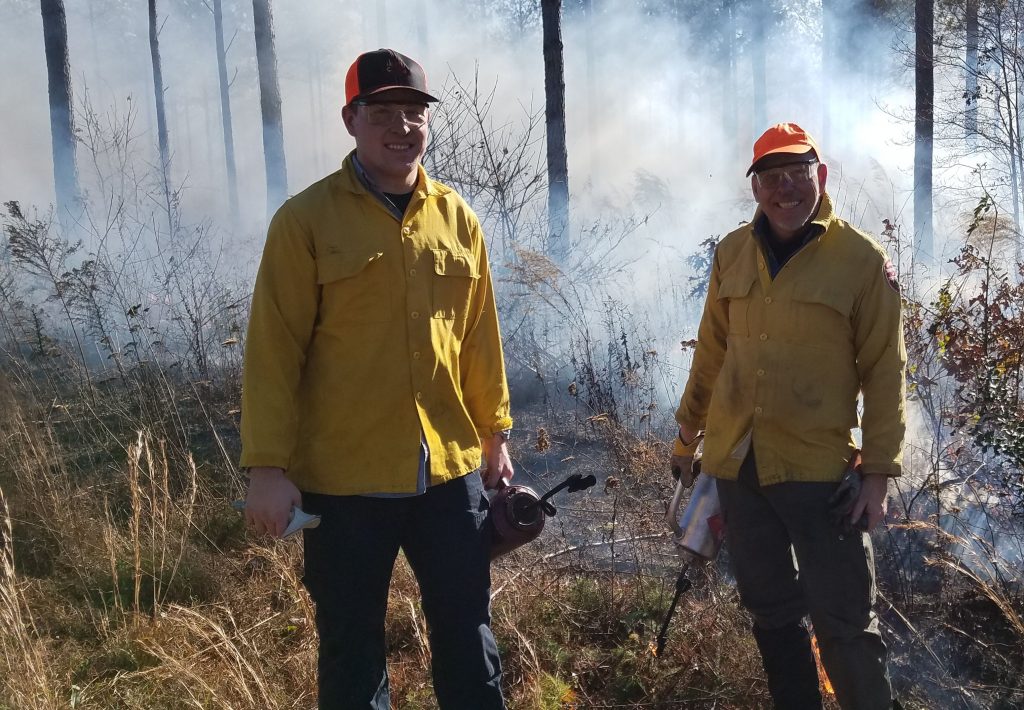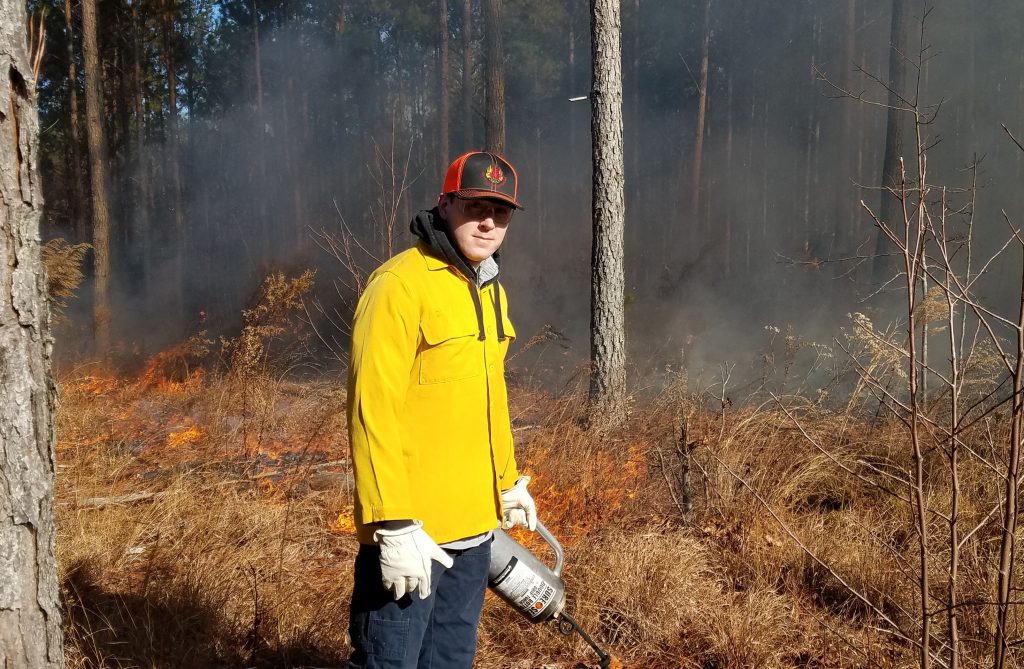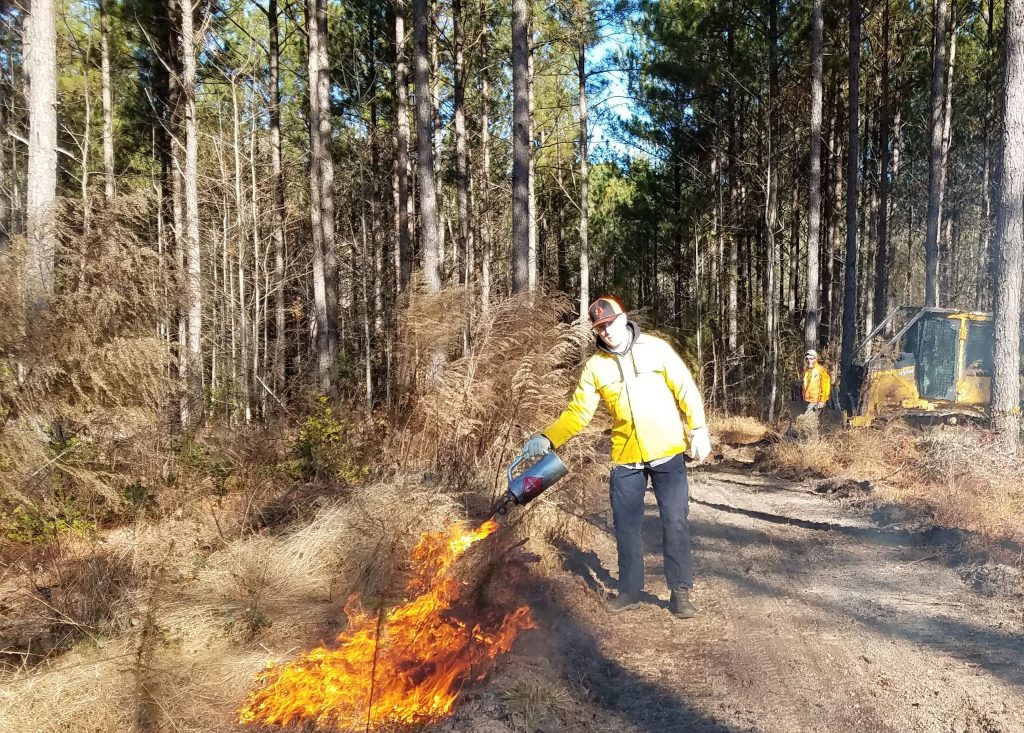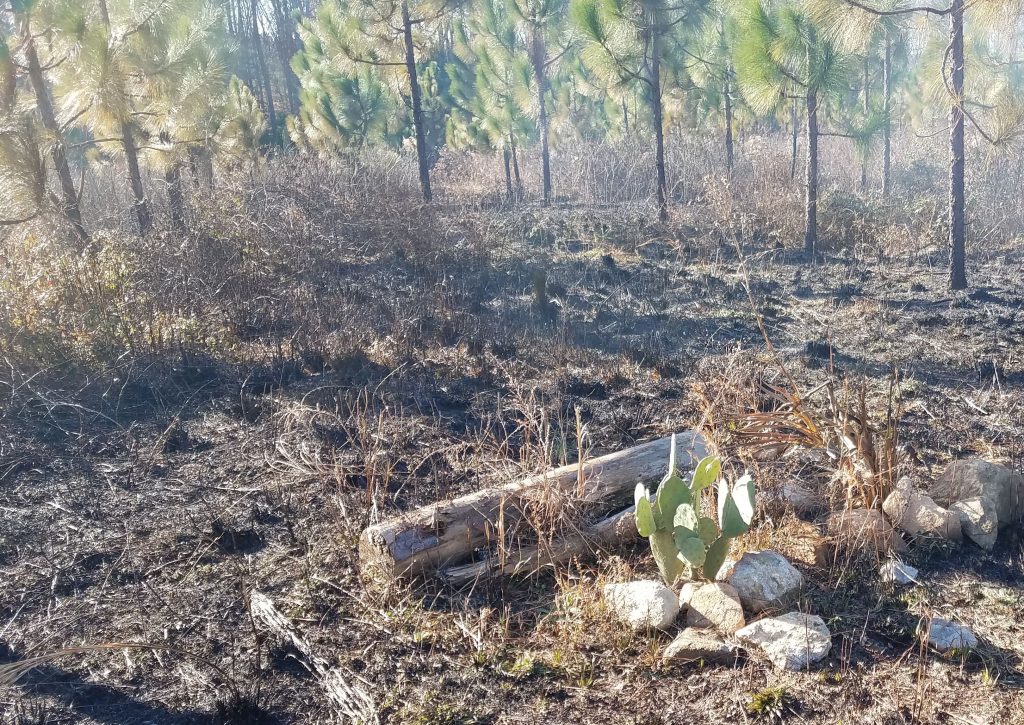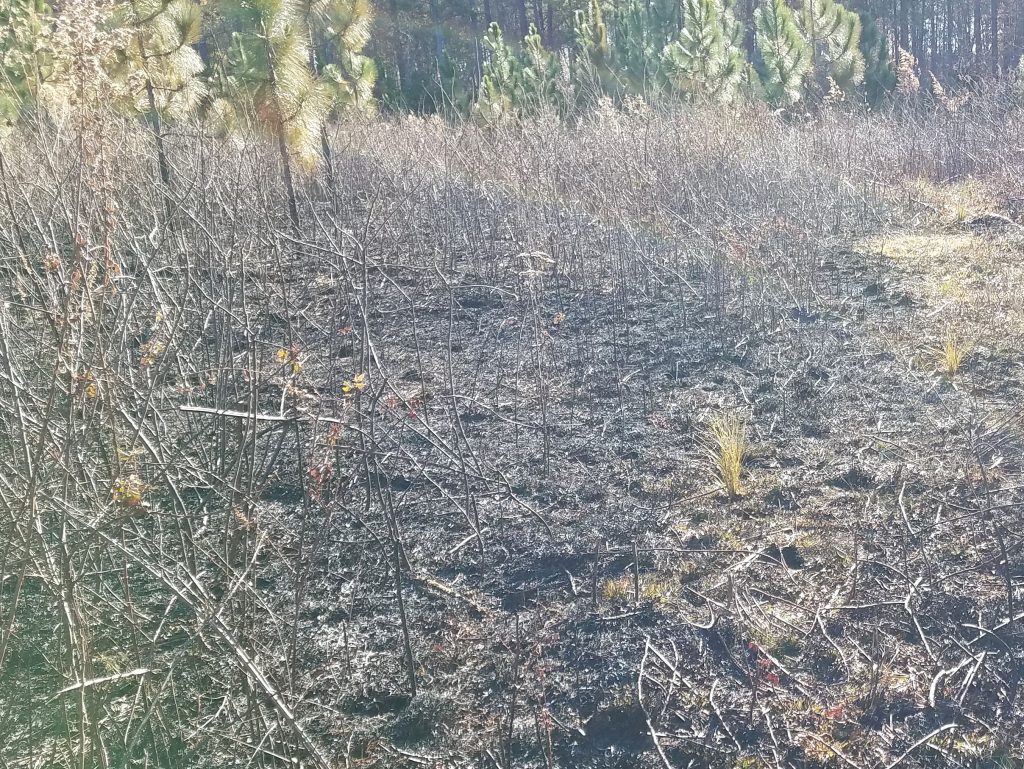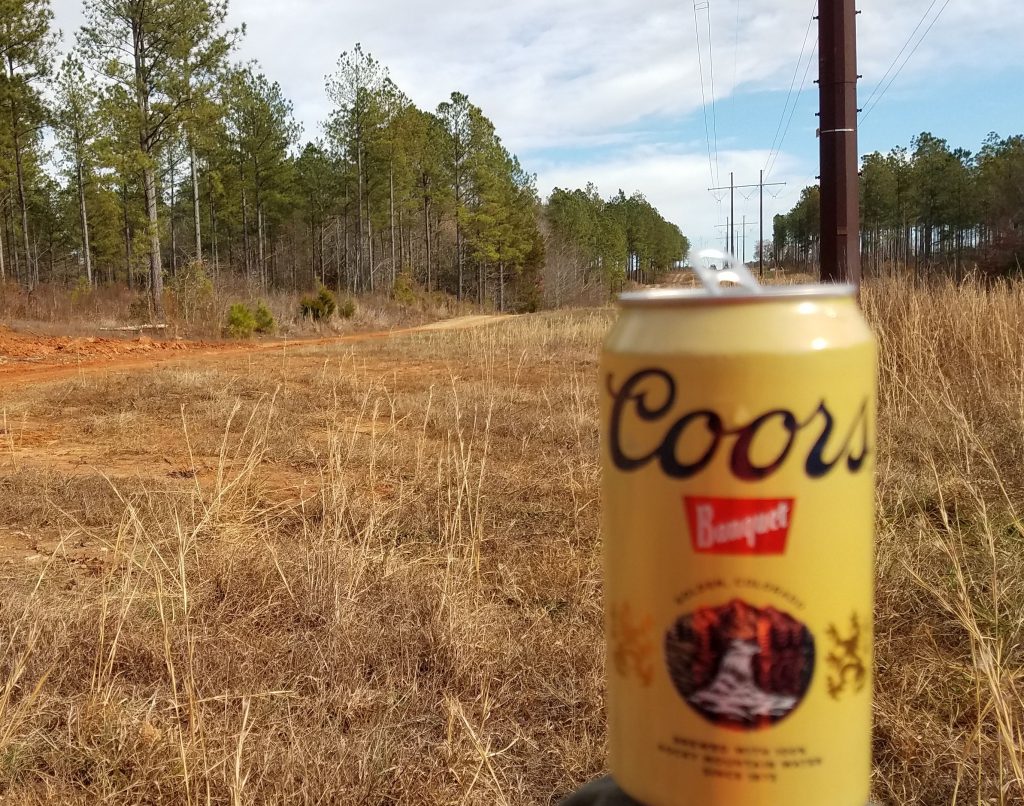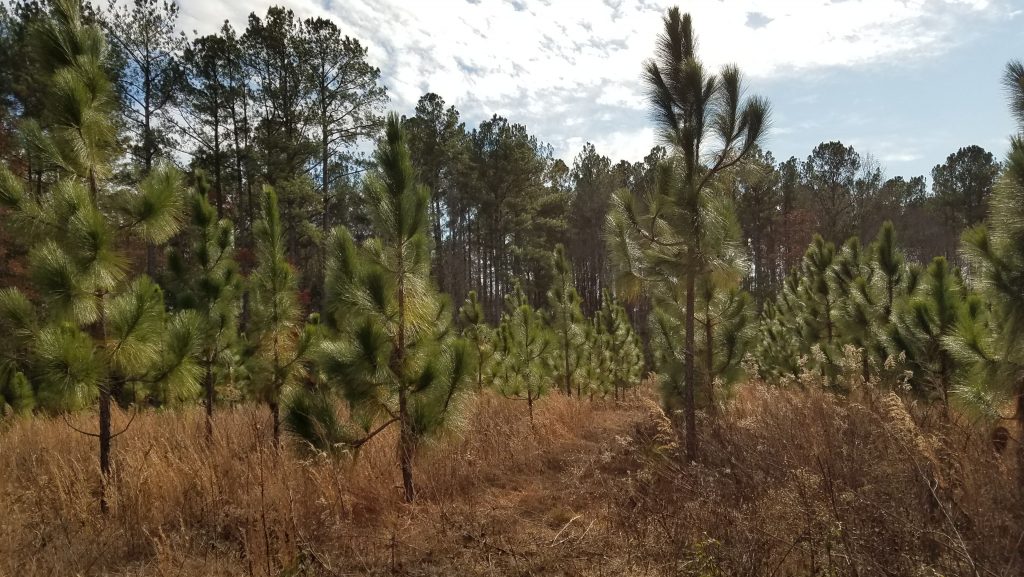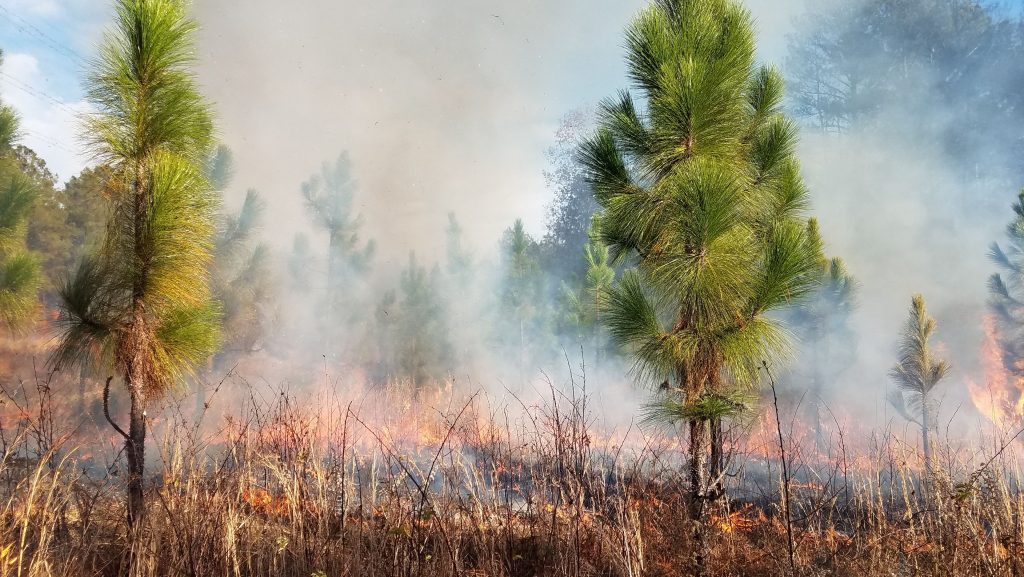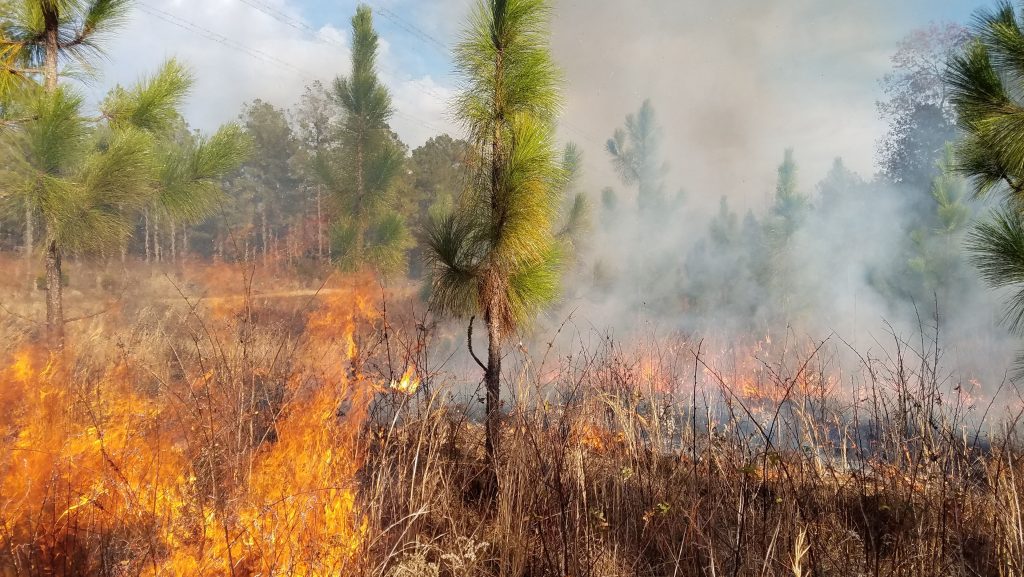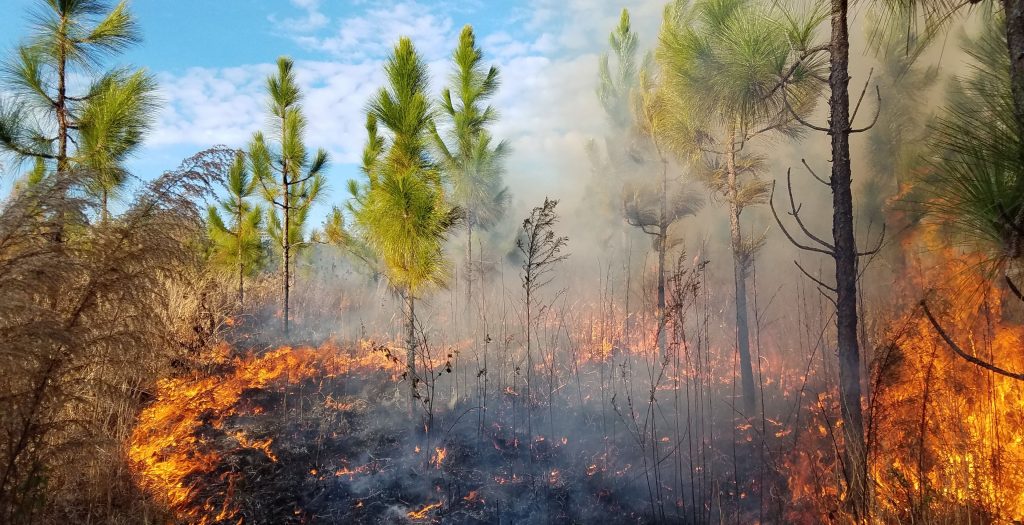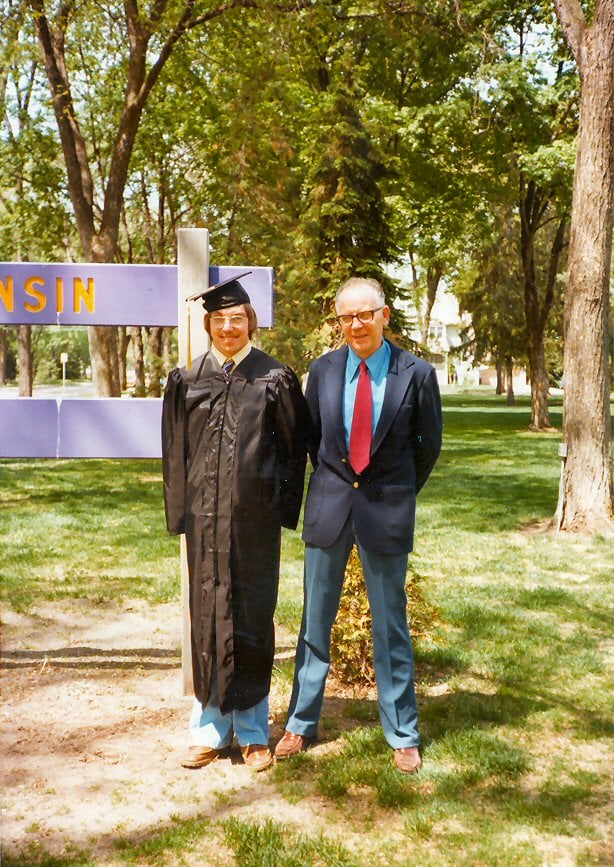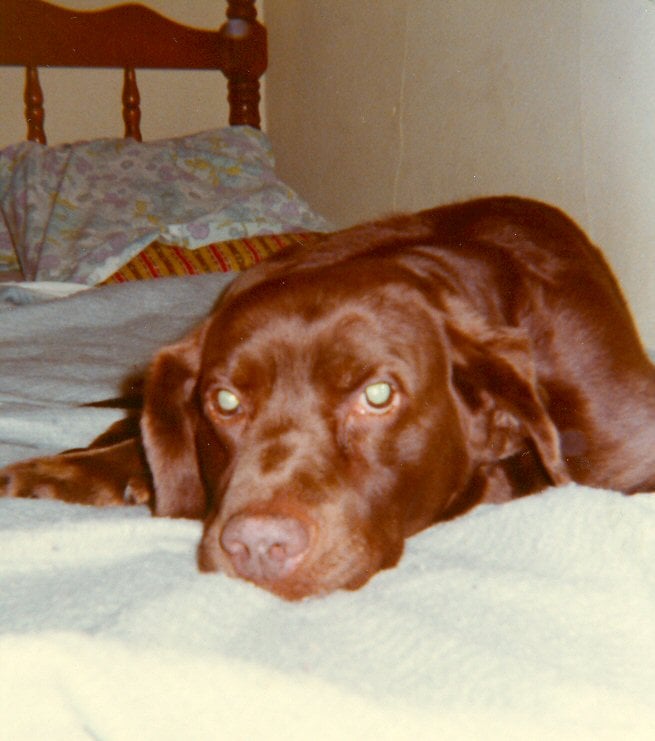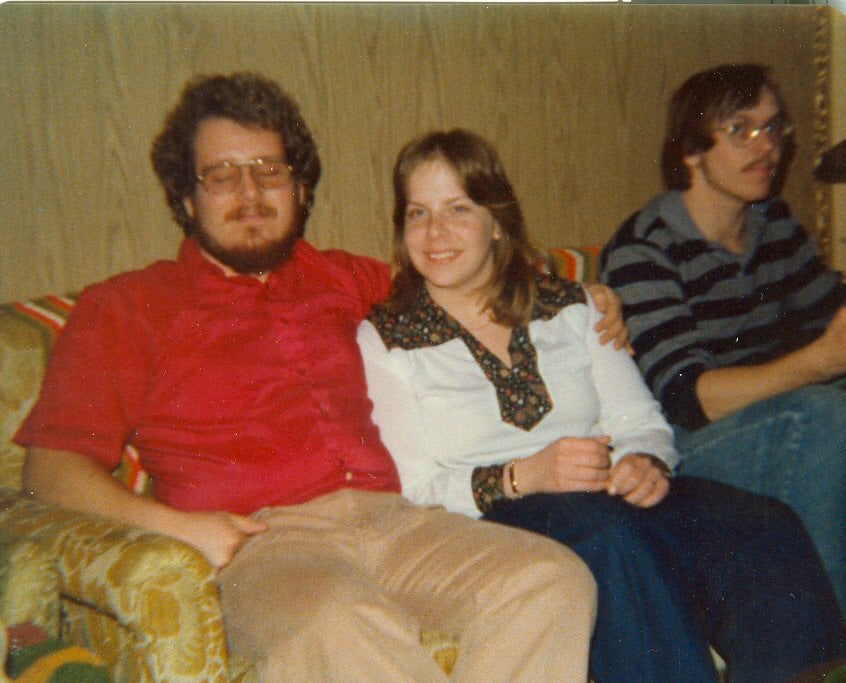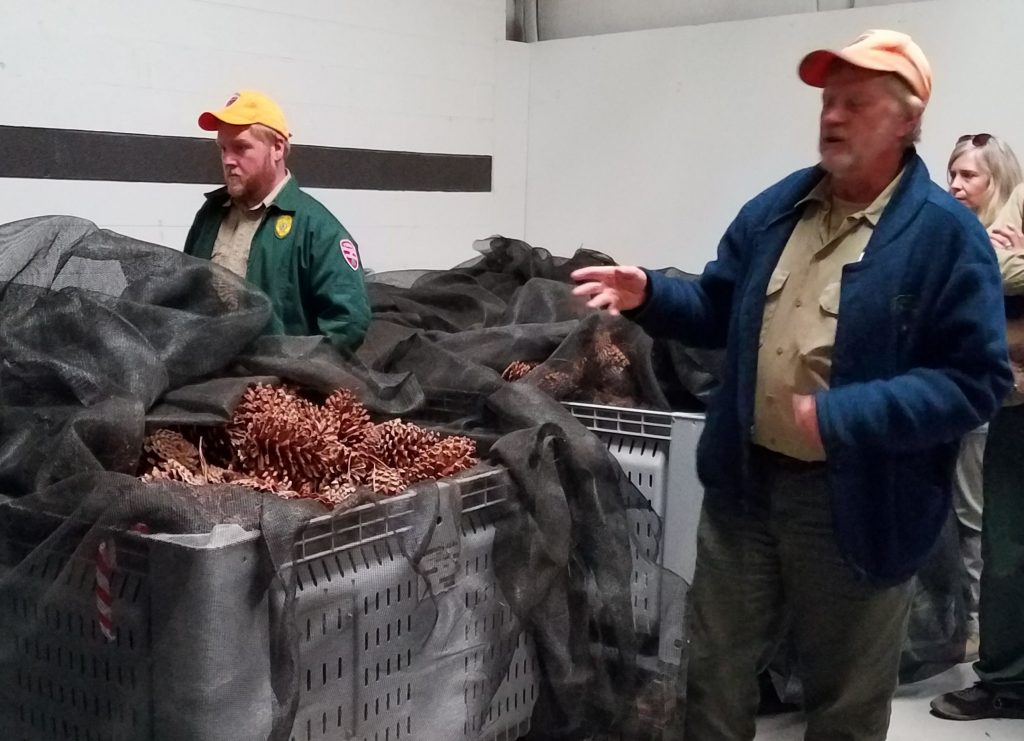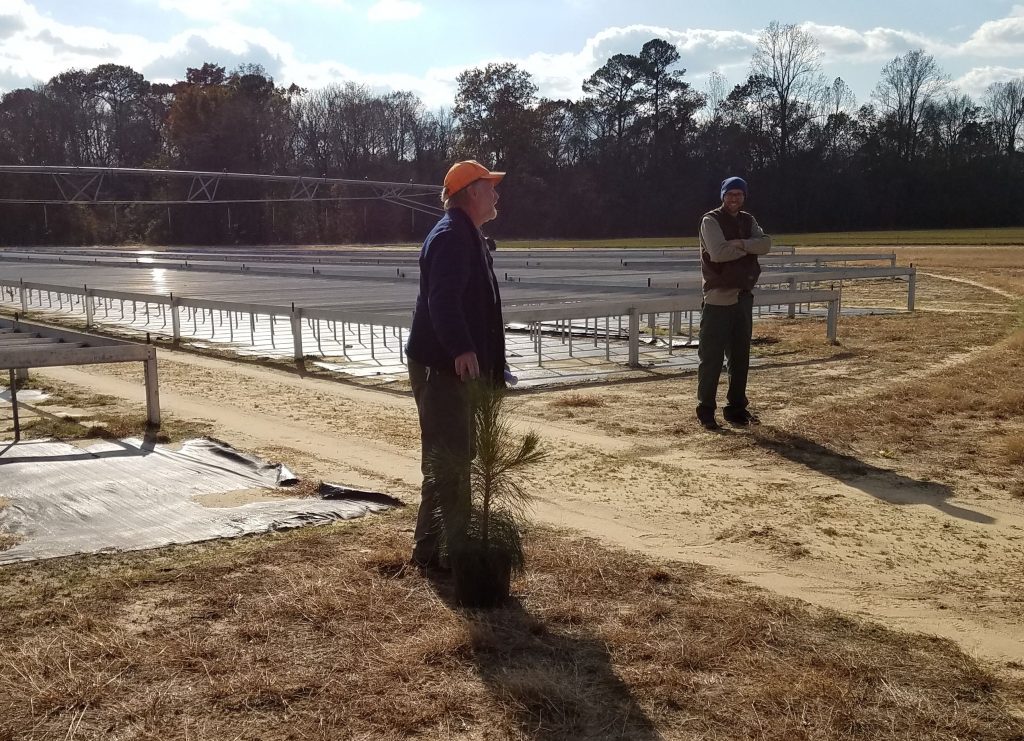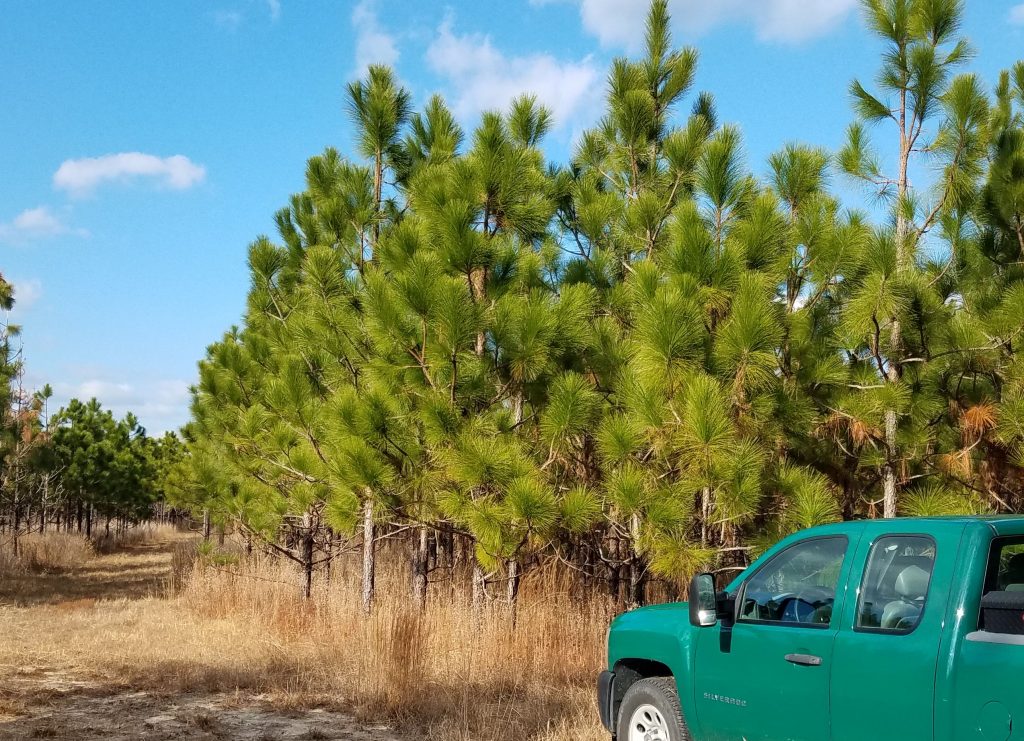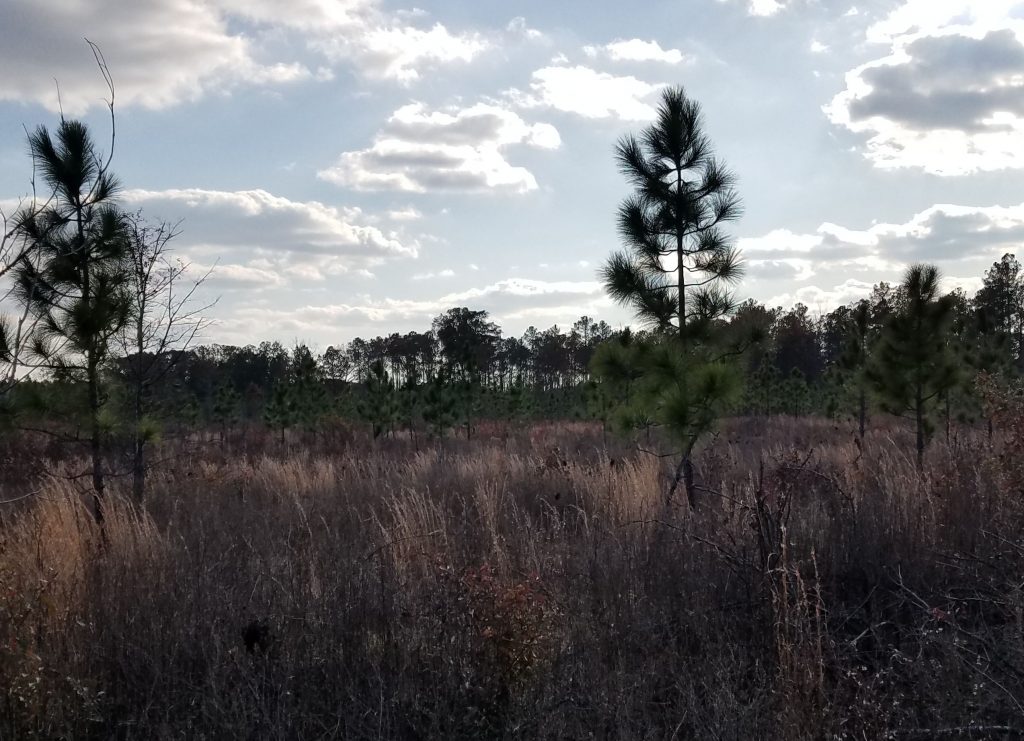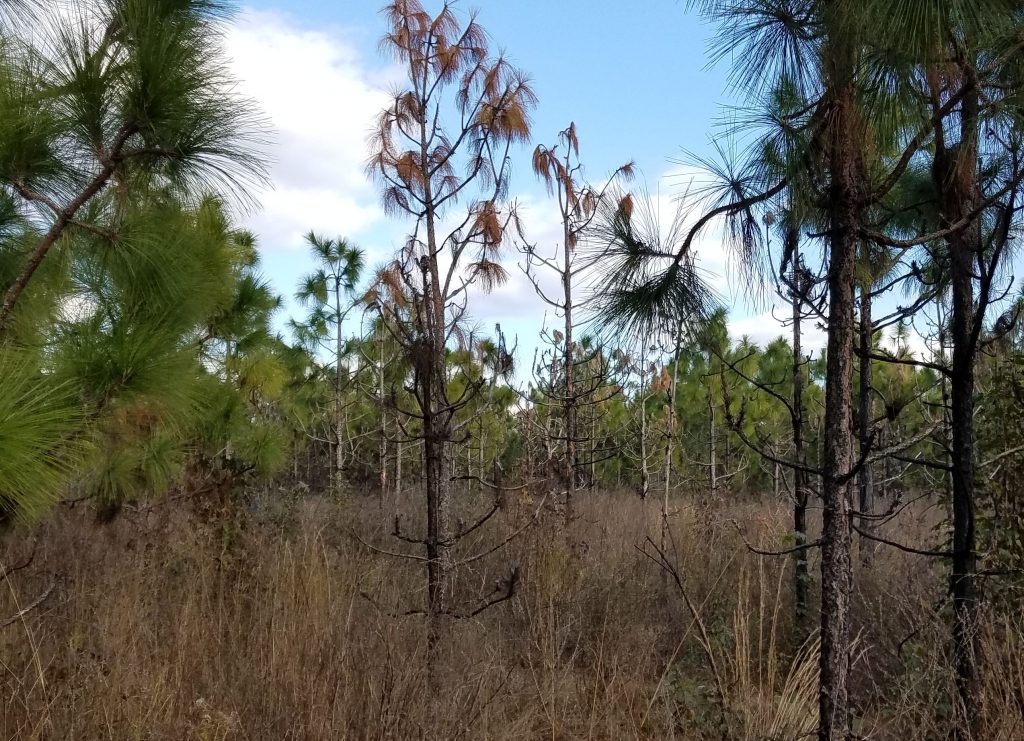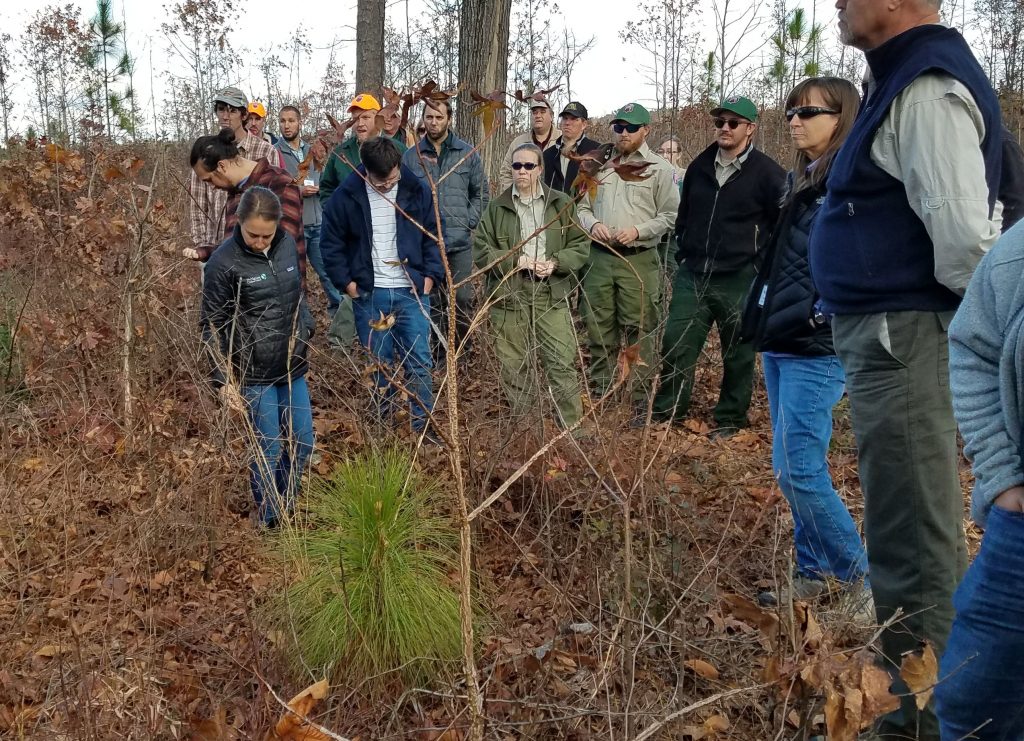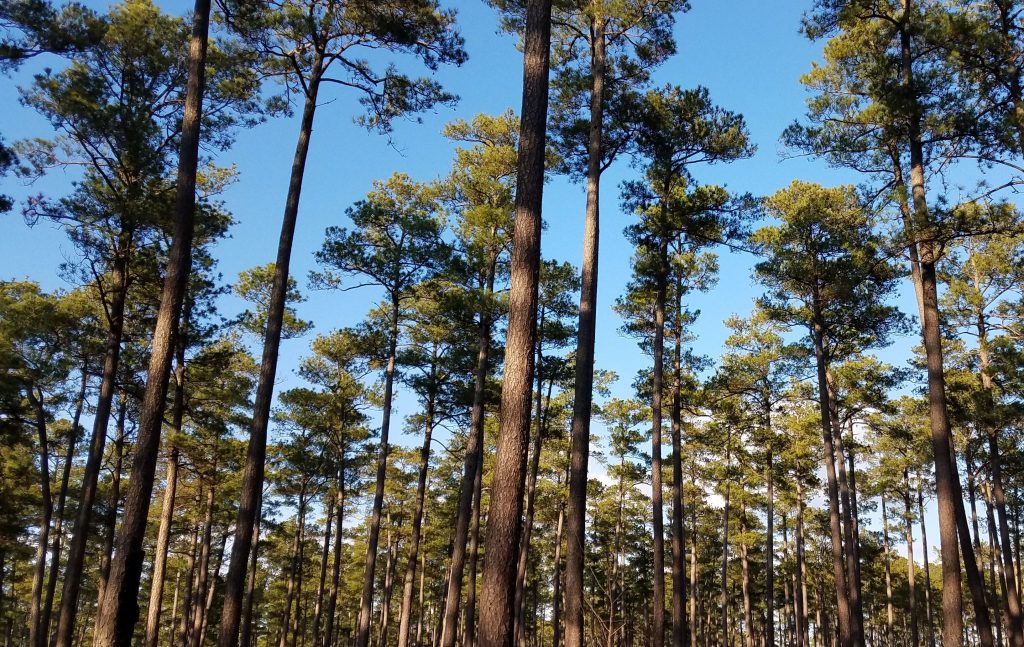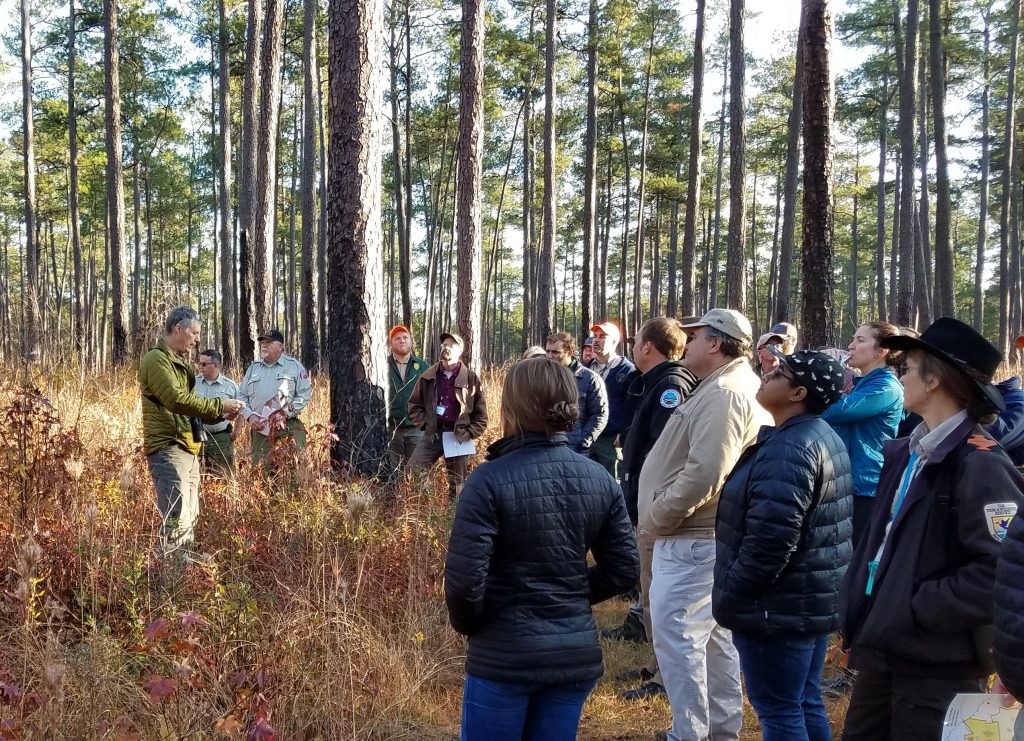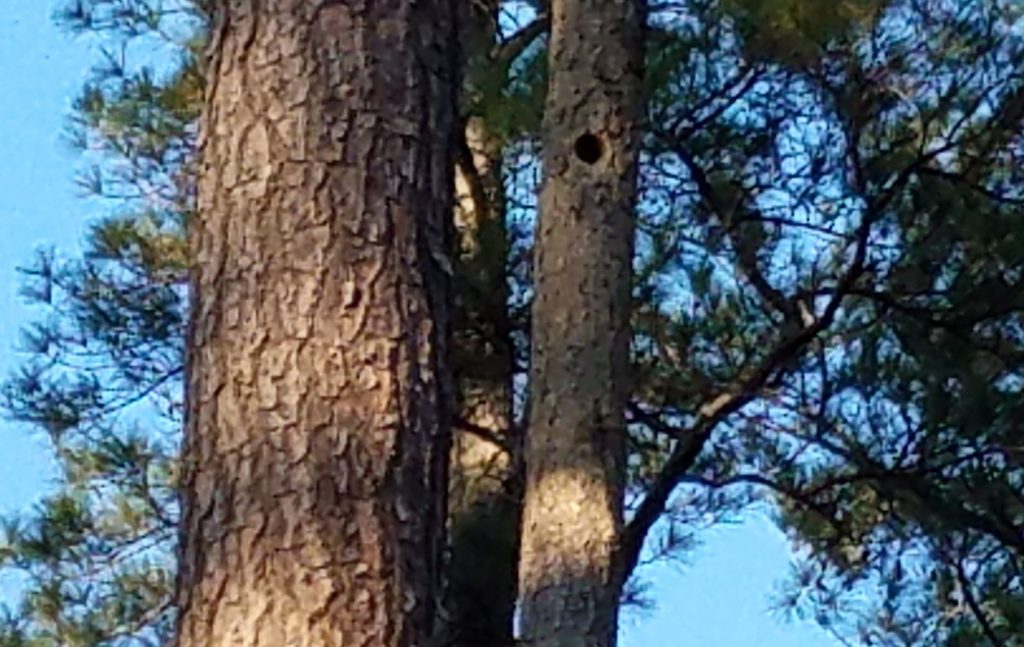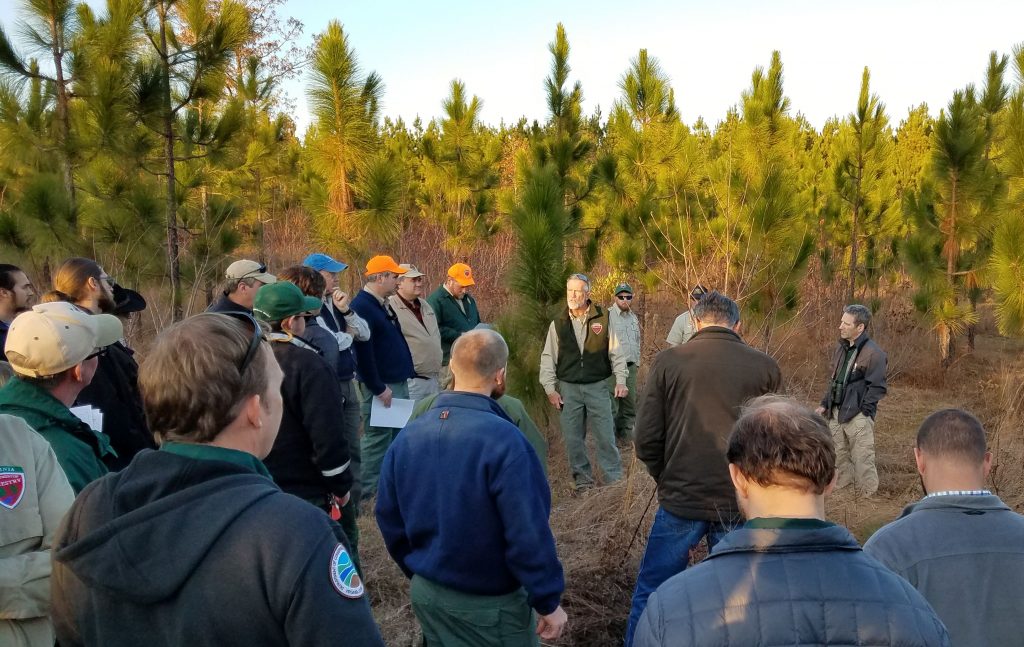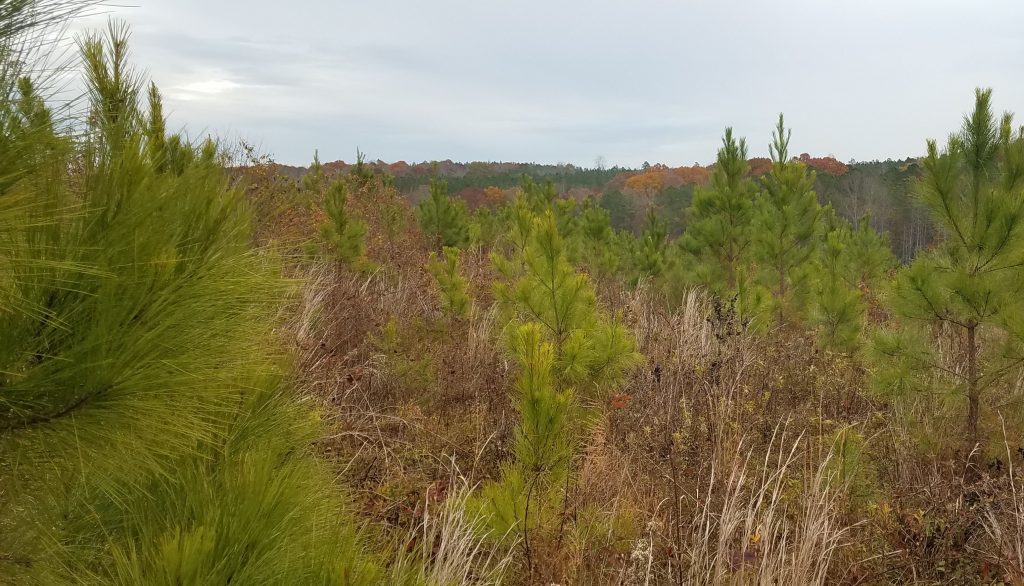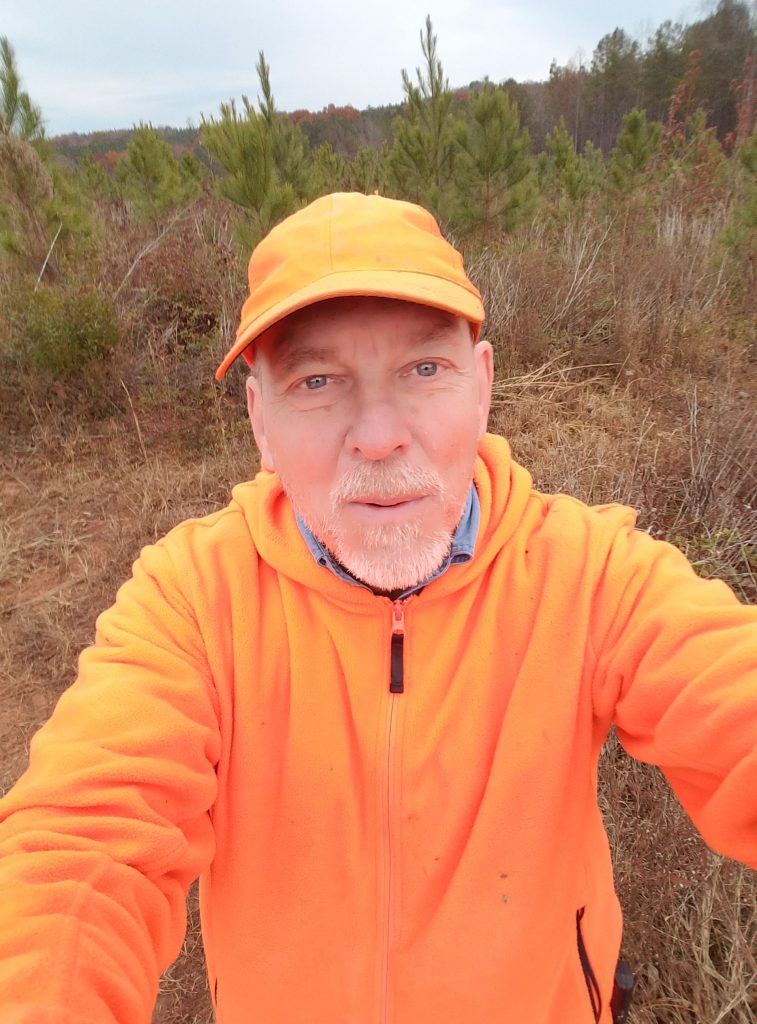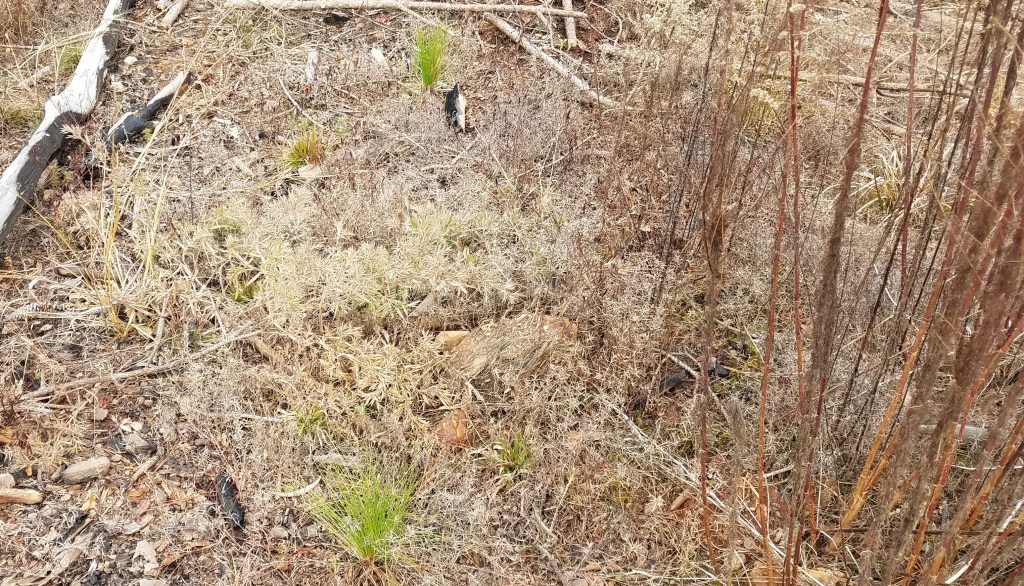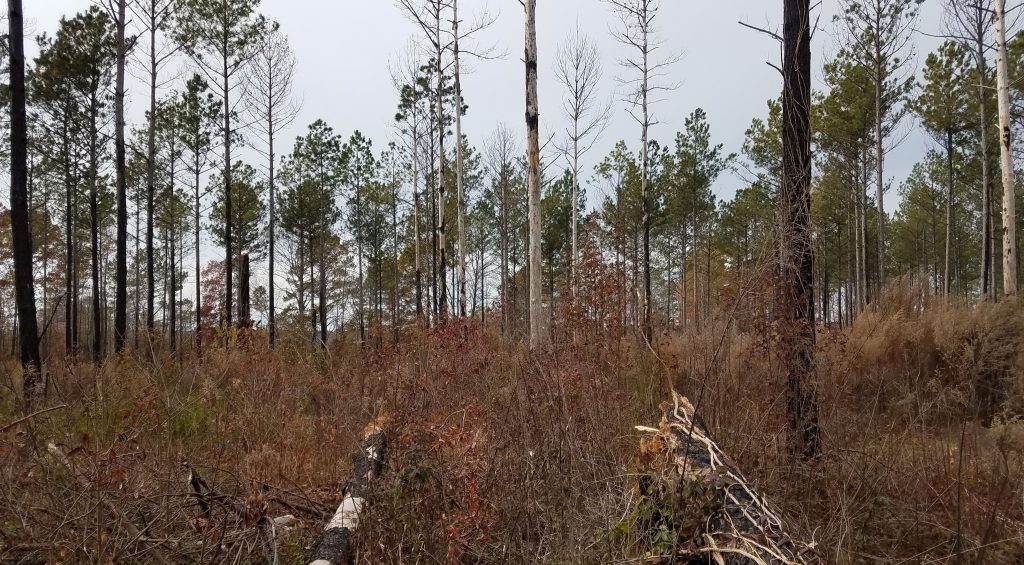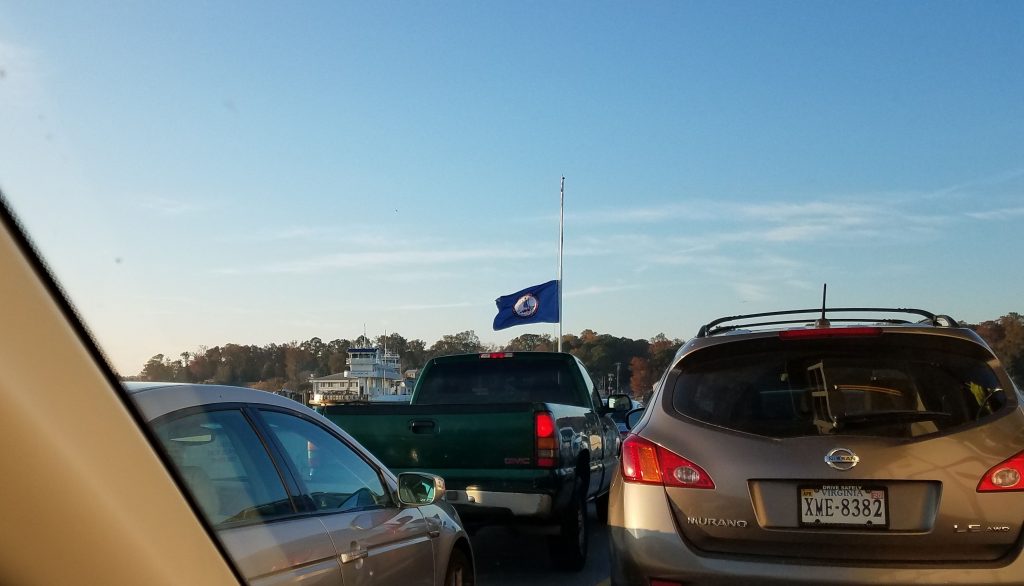What was the stupidest thing you have ever done? My StoryWorth for this time.
This is a hard one. I do stupid things all the time, but I often adapt and often make the dumb decision turn out better than an initial smart one. My philosophy is not to make great smart decisions to start but make lots of contingent ones and adjust until I come out right. You might call it sweet serendipity directed.
Generally speaking, you get either a good result or a great story to tell.
Hitchhiking with no plan
One of stupid thing I did was try to hitchhike to Florida on spring break, with no map and only $15. It made a good story that I have written about elsewhere. Suffice it here to say that I ended up sleeping in a graveyard in Alabama before high tailing it home. That was stupid, but I was only eighteen, so I can blame youth.
Streaking
Another youthful indiscretion was when a group of friends and I went streaking. I could never be appointed to the Supreme Court, now that youthful fun would be reinterpreted as something horrible and oppressive. Take that off my list of ambitions. It was in style back in the early 1970s. They even had a song about it.
There was a joke about two old ladies that decide to streak through the nursing home. They run past a couple of old guys on the porch. “Who was that,” says one old man. Responds the other, “I don’t know, but their clothes sure were wrinkled.”
International travel with no plan
When I was a few years older, I saved enough money for a flight to Germany. I had to stay a whole month, since it was a charter flight. Otherwise, I think I would have gone home, since when I got feet on the ground. I had one of those “oh shit” moments. I had a map, but not much of a plan. I spoke bad German and soon found I didn’t have enough money. I hitchhiked around, so I kinda ended up where the flow took me, sometimes sleeping in hostels, sometimes on the ground. I lost about fifteen pounds, since I economized on food. Still tried a lot of German beer, however. It was often cheaper than Coca-Cola and it had calories I needed (liquid bread), so it was okay. I got lots of good stories.
A fool & his money are soon parted
I had a few recoverable financial stupid mistakes. One that depressed me for a while was when I bought a whole-life policy. I was in grad school and I thought it was part of being a responsible adult. I was dumb. I didn’t understand what I was doing. I got a lot of coverage and a “savings plan” for very little money. What I did was take out a policy loan greater than the cash-value of the policy. Had I died, my father and sister would have got a good payoff, but the insurance company knew the actuarial odds. It took me a while to pay it off so that I could close the account. I suspect that sequence was part of their business plan and I think it was dishonest of them, even if I signed freely. A young person w/o dependents doesn’t need life insurance at all. Presumably some people would have been sad had I died, but nobody would have suffered financially and that is the only reason for insurance. It was a good lesson for me, however. A fool and his money are soon parted.
I coulda been somebody
I also have a financial missed opportunity. As soon as we paid off our student loans, I got a Charles Schwab 1 account. In those benighted days, you still had to call to make trades and I was thinking of my first purchase of common stock. I considered Microsoft & GE, but then I read a book about investing, learned about book value and ratios, so I went with IBM. This was in 1991. GE did well in the next ten years and Microsoft went through the roof. IBM underperformed the market. I feel bad now. I just figured it out. With the IBM, I just about broke even before I generally got out of individual stocks in 1999. Had I invested instead in Microsoft, I would have $88,235.23, but whose counting? Of course, such great gains probably would have made me arrogant and less prudent. Likely I would have taken more risks and lost all that money and more.
Love of the land
I have often said that buying forest land was an objectively stupid decision, but one I was glad to make and glad to have made. It was stupid to mortgage the house to buy land in a place I had never been before to work in a business I did not understand because I liked forests. I say objectively stupid, because subjectively it was one of the best decisions I ever made, something I long wanted to do and had thought about literally for decades, almost a lifetime, and it worked out.
Into the desert of Iraq
A lot of people told me that volunteering to serve in Iraq was stupid. I suppose it depends on the premises & criteria. I thought then and think now that it was the right decision. I got a lot of shit at the time, but none from anybody whose opinion mattered to me. Of course, a few moved from the “care about” to “not care about” because of giving me shit.
Ignoring life-threatening disease
I dodged the bullet with a stupid decision to ignore the pain in my leg that turned out to be peripheral artery disease. I limped around for a year and it eventually got better, but the doctor told me that it was the kind of thing that could cause you to lose a leg or even kill you. This is a kind of non-decision/decision. You cannot go crazy every time you get a little pain. I didn’t recognize the categorical difference. Eventually something will kill me. It will probably unexpected and I hope that it is. Better to go that way, before you have to worry about it too much.
Sometimes the bear gets you
There are bears prowling my land. I have never seen one, but I have seen tracks and the hunters capture their pictures on game cameras. One of my joys working on my land is not working. I like to relax in my folding chair, drinking a beer and dozing off before the next shift of work. I imagine the bear coming up behind, catching me unawares and swatting me. Not that this happens often, or ever, but I can imagine it. I told the guys at the hunt club that if something like that happens, they not tell people I was probably taking a nap after a beer. No, they should spread that story that I fought that bear, almost drove him off, and succumbed only after a protracted struggle.
That is the way to be remembered.
It matters not how strait the gate,
How charged with punishments the scroll,
I am the master of my fate,
I am the captain of my soul.

